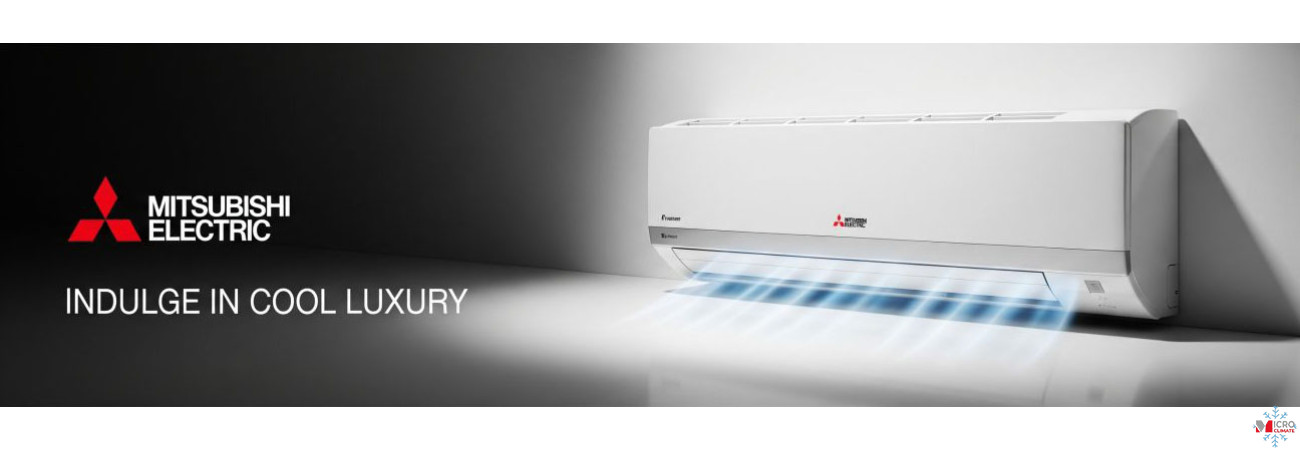
Modern HVAC systems have evolved beyond simple thermostats.
Today’s intelligent control technologies — including Wi-Fi connectivity, IoT monitoring, and Building Management System (BMS) integration — enable precise climate management, energy savings, and predictive maintenance.
This digital transformation is redefining how businesses across the UK manage comfort and efficiency.
1. Wi-Fi Connectivity and Remote Control
Wi-Fi control allows users to manage air conditioning systems remotely via smartphones or computers.
Apps such as Daikin Onecta, Mitsubishi MELCloud, GREE+, and MideaAIR provide intuitive interfaces to adjust temperature, fan speed, and scheduling.
Users can:
-
Monitor energy use in real time.
-
Set weekly or seasonal programs.
-
Receive maintenance alerts automatically.
For small offices, Wi-Fi control provides simple management without the need for complex infrastructure.
2. Integration with Smart Home and Voice Assistants
Modern inverter systems integrate with Amazon Alexa, Google Home, and Apple HomeKit.
This allows quick voice commands such as “Alexa, cool the meeting room to 22 degrees.”
Voice integration also improves accessibility and comfort in both residential and light commercial settings.
3. Centralised BMS Integration
In larger buildings, HVAC is often integrated into Building Management Systems (BMS) such as Siemens Desigo, Honeywell EBI, or Schneider EcoStruxure.
BMS networks combine HVAC, lighting, and security systems under one platform, enabling building-wide automation.
Benefits include:
-
Automatic scheduling based on occupancy sensors.
-
Energy optimisation via load management.
-
Fault detection with real-time diagnostics.
VRF and VRV systems from leading brands (Daikin, Toshiba, Mitsubishi, Midea) support BACnet, Modbus, and LonWorks communication for full interoperability.
4. Energy Management and Reporting
Smart control systems collect operational data, allowing facility managers to analyse consumption patterns.
By adjusting setpoints and schedules, total HVAC energy use can be reduced by 10–25 %.
Some systems, such as Daikin’s iTM and Midea’s M-Smart Cloud, automatically generate reports for carbon compliance and energy audits.
5. Predictive Maintenance
IoT connectivity allows engineers to detect issues before they cause downtime.
Cloud platforms track compressor cycles, refrigerant pressure, and fan performance, generating maintenance alerts proactively.
This approach extends equipment lifespan and reduces emergency callouts by up to 40 %.
6. Security and Data Protection
All major manufacturers use encrypted communication protocols and secure cloud servers to protect user data.
Access levels can be restricted by role — useful for multi-tenant buildings or facilities managed by external contractors.
7. Future Trends
The next stage in HVAC control evolution is AI-based optimisation.
By analysing historical performance and weather forecasts, AI systems can predict load changes and adjust operation automatically, achieving further efficiency improvements.
Conclusion
Smart HVAC control through Wi-Fi and BMS integration offers unmatched convenience and energy performance.
Whether for small offices or complex multi-zone buildings, these technologies enhance comfort, reduce costs, and prepare facilities for a sustainable, data-driven future.





